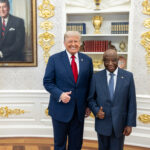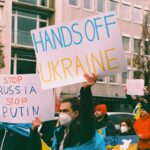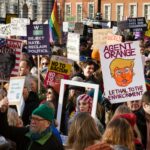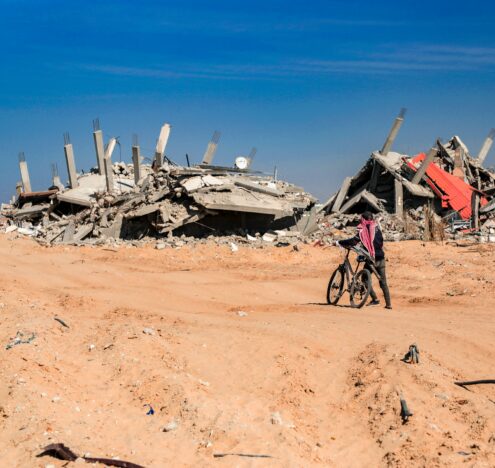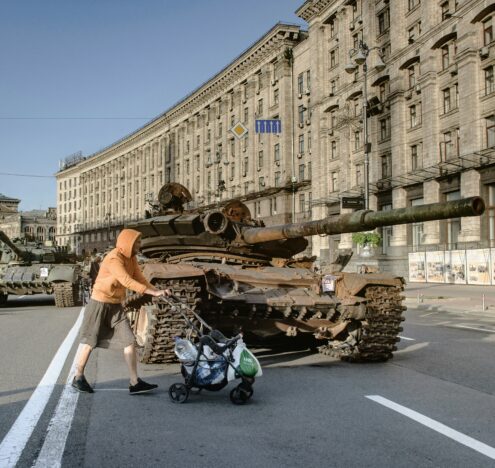A recent study published in the Journal of Peace Research argued that domestic terrorist attacks in foreign countries significantly influenced the flow of US overseas defense spending (ODS), particularly during the height of the war on terror. In the study, “Domestic terrorism and the allocation of US overseas defense spending,”author Ruixing Cao offered a new lens on how internal security threats in recipient states shaped strategic decisions in Washington, revealing that ODS functioned as a flexible tool for influence, especially when more visible forms of support carried greater risk.
Cao proposed a theory that linked domestic terrorism to the political survival of foreign incumbents and the strategic calculus of major powers. “With more domestic terrorist attacks, the incumbents are under more pressure from other political elites and the public,” the study noted. In such contexts, support from a global power like the United States could bolster a leader’s legitimacy and stability. “Support from major powers such as the US can help leaders’ political survival,” Cao wrote.
For the US, this instability presented both opportunity and risk. While it allowed Washington to preserve or expand its influence, it also introduced uncertainty about the reliability of its partners. The study emphasized that “compared to other types of support, such as state visits and military aid, overseas defense spending is a more flexible tool the US can adopt to gain policy concession while mitigating risks and uncertainties.”
Drawing on new data covering the years 2000 to 2015, Cao found empirical support for the theory, noting that the US tended to increase ODS in countries facing domestic terrorism — particularly if they were democratic.
“The US tended to increase ODS in countries facing domestic terrorism — particularly if they were democratic.”
“The analysis conducted by Blankenship and Joyce (2020) reveals that the US tends to spend more in democratic countries with large economies,” the article stated. However, the study went further, suggesting that regime type conditioned the effect of terrorism on spending flows. “Given their relatively high levels of policy flexibility, the US might be less willing to support authoritarian incumbents when they face more domestic terrorist attacks.”
The article placed ODS within a broader framework of statecraft, comparing it to foreign aid, arms sales, and diplomatic visits. While these tools have received extensive scholarly attention, ODS remained underexplored. “Less in the spotlight is when major powers use overseas military spending to protect their overseas interests and preserve their influence on other countries,” the author observed.
Unlike foreign aid, which often comes with public scrutiny and formal commitments, ODS allowed the US to operate with greater discretion. “Compared to other methods of gaining influence, the use of military spending is more flexible and receives less public scrutiny,” the study noted. By purchasing local goods and services, the US could stimulate host economies and build goodwill, sometimes bypassing formal bidding processes to award contracts directly to foreign entities.
The study also highlighted the strategic shift in US priorities over time. While counterterrorism dominated the foreign policy agenda during the early 2000s, the rise of China and renewed great power competition had begun to reshape Washington’s approach. “While counterterrorism continues to be a foreign policy focus for the US, its strategic priority has gradually shifted in recent years as its competition with China intensifies,” the article stated.
Looking ahead, Cao suggested that other major powers might adopt similar tactics. “Russia has played an increasingly active role in helping several African countries combat terrorism and insurgencies, in exchange for natural resources and policy concessions,” the study noted. China, too, was identified as a potential actor in this space, “striving to become a leader of the global south.”
The article concluded by calling for further research into how other forms of internal instability — such as organized crime or insurgencies — might influence foreign defense spending. It also urged scholars to examine whether deteriorating security environments affect public attitudes toward cooperation with major powers. “Domestic terrorism … is only one type of internal security threat countries face,” according to Cao. “Future studies can further study whether other types of internal security threats … have a similar impact.”



